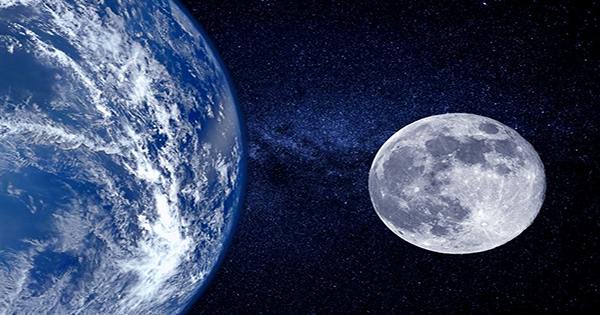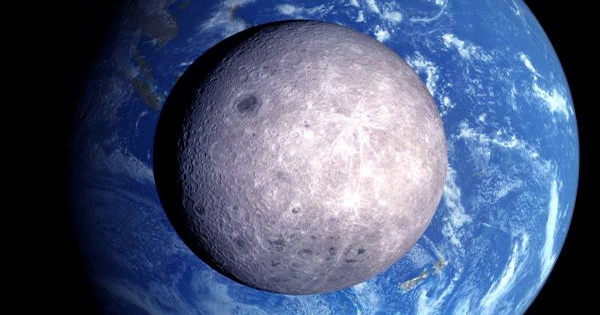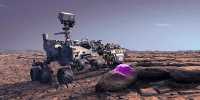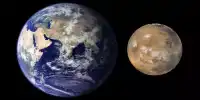When spacecraft first circled the Moon, they discovered something surprising: the far side lacks nearly all of the lava flows known as seas or maria, which dominate what we can view from Earth. Astronomers have tried a variety of hypotheses to explain the mismatch for about 60 years. According to a new model, the solution can be found in the Moon’s largest and deepest impact crater.
The lunar seas are the product of massive lava flows that erupted recently enough that craters have not yet entirely covered them. The mystery is why one hemisphere had so many more eruptions than the other. According to a new research published in Science Advances, the development of the South Pole-Aitken (SPA) basin resulted in a heat plume in the lunar core, which caused the imbalance. The SPA is one of the biggest impact basins in the Solar System, with a metal structure beneath it that might be the asteroid that caused it. The SPA is less well-known than smaller lunar craters, owing to its location on the far side and the fact that it is so old (4.3 billion years) that subsequent impacts have covered it.

In a statement, research author and Brown University student Matt Jones stated, “We know that massive impacts like the one that produced SPA would release a lot of heat.” “The question is how that heat impacts the mechanics of the Moon’s interior.” What we show is that under any realistic conditions at the time of SPA’s formation, these heat-producing materials end up clustering on the nearside. We believe this led to the melting of the mantle, which resulted in the lava flows we observe on the surface.” Due to the gravitational potential energy of its constituents converting to thermal energy when they merged, the Moon’s interior would have been very hot when it originally formed.
This would have been sustained initially by radioactive decay, much as it is on Earth, but smaller things lose heat more quickly, forcing the mantle to harden and halting lunar volcanism. Large asteroid impacts, which would have created heat plumes that stretched beneath the crust, mobilizing molten material more easily, could have been an exception.
Oceanus Procellarum, the biggest mare, features a lot of KREEP terrane, which is rich in potassium (K), rare earth elements (REE), and phosphorus (P). Other seas are generally KREEPy as well, but there are hardly any on the other side, implying that KREEP is important for the seas’ positions. Researchers simulated what an impact like the SPA might do to a layer of KREEP that formed the Moon’s mantle’s outermost layer. They discovered that a jet of heat from the collision would melt the KREEP, resulting in volcanic outbursts 300-600 million years later.
Despite the fact that the impact occurred on the far side, modeling shows that it formed an active mantle on the nearside, permitting the creation of the maria. The KREEP was driven to the other side of the Moon from the impact by the heat plumes, concentrating it in the location where Oceanus Procellarum presently stands. Since the discovery of the lack of oceans on the far side attempts to explain the disparity have concentrated on the interaction between the two hemispheres and Earth.
Attempts to explain how Earth’s gravitational field may have caused more activity on the lunar near side, or how the planet’s size could have obstructed incoming asteroids, lowering cratering, are two examples. If the research authors are correct, however, it’s just a coincidence, a result of where the collision that produced the SPA occurred.
















